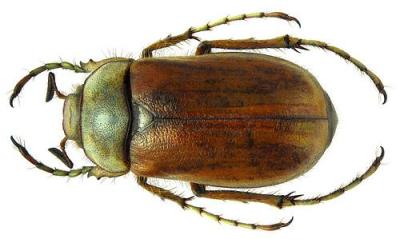This study determined the toxicity of imidacloprid and thiacloprid to five species of soil invertebrates: earthworms (Eisenia andrei), enchytraeids (Enchytraeus crypticus), Collembola (Folsomia candida), oribatid mites (Oppia nitens) and isopods (Porcellio scaber). Tests focused on survival and reproduction or growth, after 3–5 weeks exposure in natural LUFA 2.2 standard soil. Imidacloprid was more toxic than thiacloprid for all species tested. F. candida and E. andrei were the most sensitive species, with LC50s of 0.20–0.62 and 0.77 mg/kg dry soil for imidacloprid and 2.7–3.9 and 7.1 mg/kg dry soil for thiacloprid. EC50s for effects on the reproduction of F. candida and E. andrei were 0.097–0.30 and 0.39 mg/kg dry soil for imidacloprid and 1.7–2.4 and 0.44 mg/kg dry soil for thiacloprid. The least sensitive species were O. nitens and P. scaber. Enchytraeids were a factor of 5–40 less sensitive than the taxonomically related earthworm, depending on the endpoint considered. Although not all the species showed high sensitivity to the neonicotinoids tested, these results raise awareness about the effects these insecticides can have on non-target soil invertebrates.
Source:
Cláudia de Lima e Silva,Nicola Brennan, Jitske M. Brouwer, Daniël Commandeur, Rudo A. Verweij, Cornelis A. M. van Gestel. Ecotoxicology May 2017, Volume 26, Issue 4, pp 555–564
https://link.springer.com/article/10.1007/s10646-017-1790-7

- Login om te reageren
